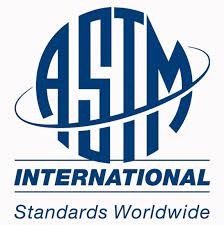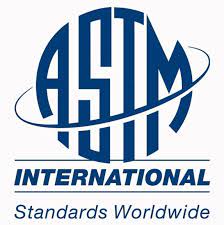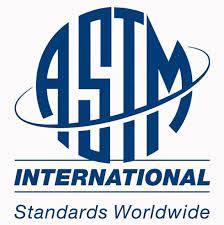Standard Practice for Documenting Environmental Conditions for Utilization with A-UGV Test Methods










1.1 This classification is to serve as an international standard for marine equipment nomenclature, taxonomy, hierarchical data structure, unique identifiers, and boundary definition for the consistent acquisition and exchange of equipment RAM performance data. The standard addresses the classification of mechanical and software products. 1.2 RAM in an acronym for Reliability, Availability, & Maintainability where: 1.2.1 Reliability is the probability that an item can perform a required function under given conditions for a given time interval (t1, t2). It is generally assumed that the item is in a state to perform this required function at the beginning of the time interval. 1.2.2 Availability is the probability that an item is in a state to perform a required function under given conditions at a given instant of time, assuming that the required external resources are provided. 1.2.3 Maintainability is the probability that a given active maintenance action, for an item under given conditions of use can be carried out within a stated time interval, when the maintenance is performed under stated conditions and using stated procedures and resources. 1.3 This standard does not purport to address all of the safety concerns, if any, associated with its use. It is the responsibility of the user of this standard to establish appropriate safety and health practices and determine the applicability of regulatory requirements prior to use.
This guide helps describe the laboratory informatics landscape and covers issues commonly encountered at all stages in the life cycle of laboratory informatics from inception to retirement. It explains the evolution of laboratory informatics tools used in today’s laboratories such as laboratory information management systems (LIMS), laboratory execution systems (LES), laboratory information systems (LIS), electronic laboratory notebooks (ELN), scientific data management systems (SDMS), and chromatography data systems (CDS). It also covers the relationship (interactions) between these tools and the external systems in a given organization. The guide discusses supporting laboratory informatics tools and a wide variety of the issues commonly encountered at different stages in the life cycle. The subsections that follow describe the scope of this document in specific areas.

This guide provides guidance for connected consumer products, as defined in 1.1.1, as it relates to physical product safety hazards created by virtue of their connectivity. It applies to connected products that need testing and evaluation to prevent cybersecurity vulnerabilities and weaknesses that could compromise the safety-related performance of the product, create a physical safety hazard in the product or its operation, or result in a noncompliance to the underlying end product safety standard.
Connected consumer product or Internet of Things (IoT) consumer device means any consumer device or physical object that is capable of connecting to the internet or other network, directly or indirectly, and is assigned an internet, Bluetooth, or other communication protocol address or identifier
